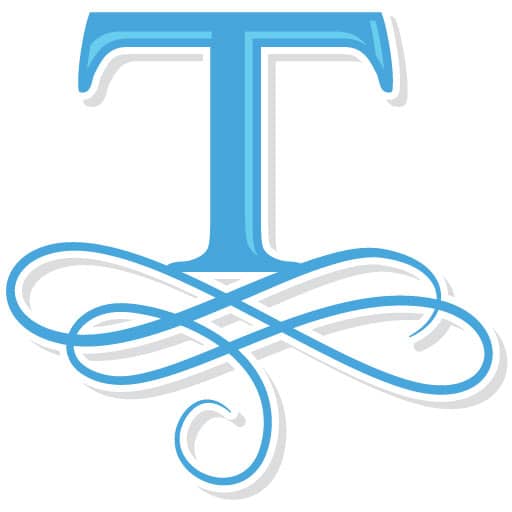Using Children’s IRAs to Pay for College
If your child has earned income (maybe from working in your business), you may want to consider establishing an IRA for your child. The IRA funds can, in turn, be used to help pay your child’s college expenses. When your child withdraws money from an IRA, tax law imposes taxes on the withdrawals, but no 10 percent penalty applies when the money is used to pay for qualified higher education expenses.
The big hurdle to avoid is the kiddie tax. IRA withdrawals are subject to the kiddie tax rules. Under these rules, an under-age-24-student pays taxes on unearned income at the parents’ high tax rate when the child’s unearned income is more than $2,100 and the child’s earned income is not more than half of his or her support. This makes the kiddie tax a true destruction force when it comes to saving for college. Your children need your help to avoid the dreaded kiddie tax.
Most minor children do not earn enough to need the tax deduction that the traditional IRA offers. This makes the Roth IRA a great vehicle for the working child’s college planning because the withdrawals of contributions are free of both penalties and taxes when used for qualified higher education.
If you have children who fit this profile, make sure your children start making their Roth IRA contributions at a young age and earn a good rate of return on the investments.
The Roth IRA habitually proves superior for the child’s college funding when compared with the traditional IRA. With the traditional IRA, the child gets a deduction while in a low tax bracket but, because of the kiddie tax, pays taxes in the parents’ high tax bracket upon withdrawal for college. This is a bad deal.
Another point of consideration is that the IRA and other retirement assets of both the parents and the children are not counted as assets available for education on the FAFSA or CSS profile applications for financial aid.
REF:Irs.gov
Kiddie Tax Changes
Avoiding the Kiddie Tax after Tax Reform In December 2017, Congress enacted the Tax Cuts and Jobs Act (TCJA) and changed how your children calculate their tax on their investment-type income. The TCJA changes led to much higher tax bills for many children. On December...
Eight Changes in the SECURE Act You Need to Know
Eight Changes in the SECURE Act You Need to Know As has become usual practice, Congress passed some meaningful tax legislation as it recessed for the holidays. In one of the new meaningful laws, enacted on December 20, you will find the Setting Every Community Up for...
Congress Reinstates Expired Tax Provisions
The big five tax breaks that most likely impact yourForm 1040 Congress let many tax provisions expire on December 31, 2017, making them dead for your already-filed 2018 tax returns. In what has become a much too common practice, Congress resurrected the dead...
Tax Issues of Converting Your Residence into a Rental Property
Tax Issues of Converting Your Residence into a Rental Property The simple maneuver of converting your personal residence to a rental property brings with it many tax rules, mostly good when you know how they work. The first question that arises when you convert a...
How to Deduct Assisted Living and Nursing Home Bills
How to Deduct Assisted Living and Nursing Home Bills” Watch your wallet: the median cost in 2018 for an assisted living facility was $48,000 and over $100,000 for nursing home care. If you could deduct these expenses, you’d substantially reduce your income tax...
Know Whether Your Trip Is a Deductible Business Expense
Know Whether Your Trip Is a Deductible Business ExpenseTo help you understand business travel, consider this: You planned a personal trip to Los Angeles, arriving on Friday afternoon and leaving on Sunday afternoon. About a week later, you learn that a vendor you need...






